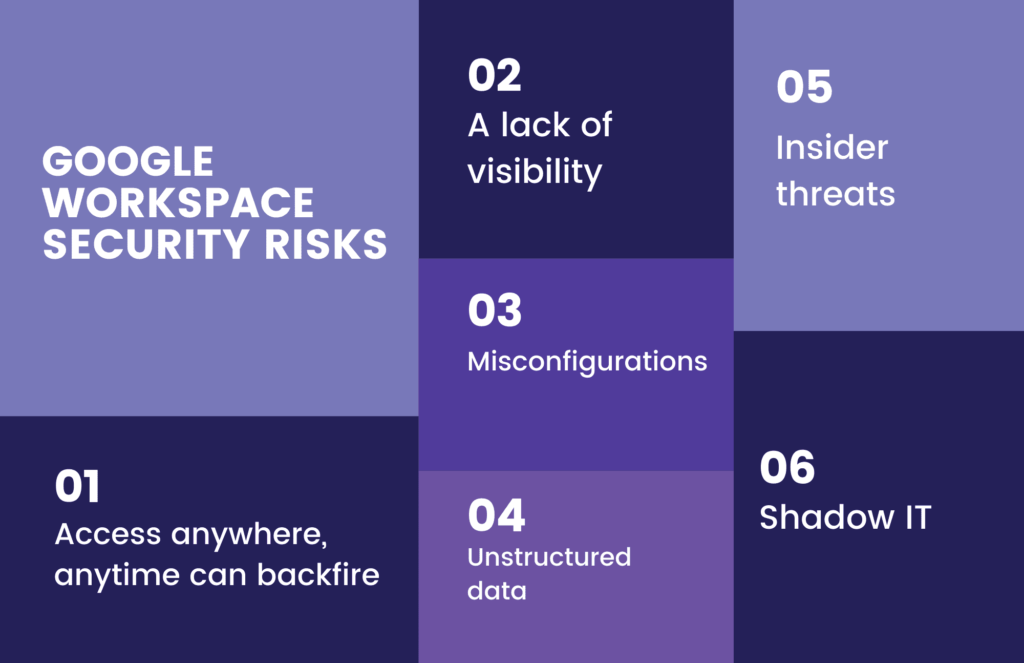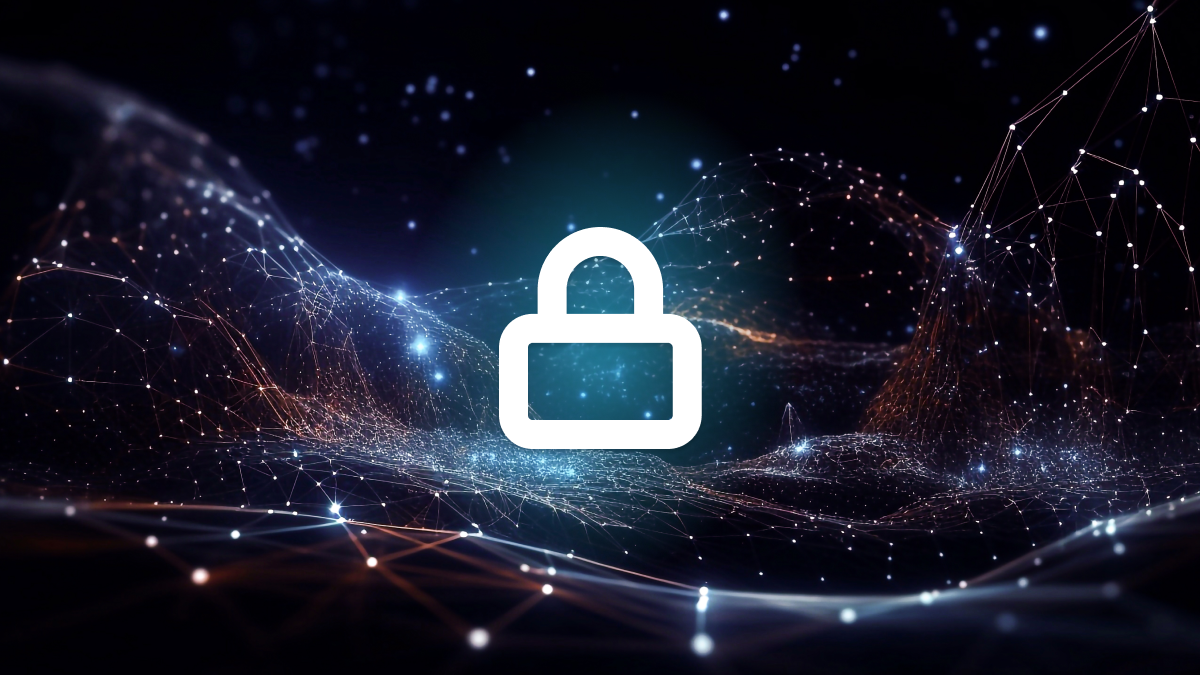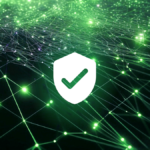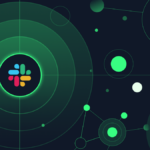Google Workspace is a blossoming productivity suite that’s fast catching up with the likes of Microsoft and Slack. With over 6 million enterprise customers and 2 billion monthly users, it has become a go-to tool for companies of all sizes.
There’s a lot to love about Google Workspace. This cloud-based portfolio makes it easy to work and collaborate from anywhere. Plus, it’s super intuitive to use and highly cost-effective for small businesses.
But, like all cloud platforms, Google Workspace has security risks. We’re not saying that Google is an insecure solution. By contrast, Google invests millions in keeping its cloud infrastructure secure. However, like all cloud applications, Google runs on the shared responsibility model.
This means that, while Google is responsible for securing its underlying cloud infrastructure, you – the client – are responsible for ensuring that access controls and permissions are implemented correctly and that sensitive data is only accessed by authorized personnel.
Achieving this, though, is easier said than done. For one, Google lacks the native security tools to prevent sensitive data loss adequately. Moreover, companies cannot rely on traditional data loss prevention (DLP) solutions to secure data that resides in the cloud.
Without a cloud-based DLP solution that brings granular visibility to Google Workspace, organizations are at a high risk of suffering data leakage or even data theft. As we all know by now, this isn’t an issue to be taken lightly.
According to IDC, 98% of companies experienced at least one cloud data breach in the past 18 months, compared to 79% last year. Meanwhile, 67% reported three or more such violations, while 63% said they had sensitive data exposed. With the average cost of a data breach hitting $4 million in 2021, companies must move fast to ensure that data is secure in Google Workspace and other SaaS tools.

How does Google Workspace increase security risks?
Access anywhere, anytime can backfire
One of the main appeals of Google Workspace is that you only need access to the internet to access your files. Your workspaces are constantly ‘on’, ready to be accessed anytime, anywhere. However, from a security perspective, this can cause issues.
If a malicious actor gains access to one of your employee’s Google Workspace credentials, they could gain access to a vast amount of sensitive files – and view, edit, download or copy the data they find.
A lack of visibility
Google Workspace’s sharing capabilities can quickly become a data security nightmare if you don’t have the right governance policies in place. For example, an employee could upload a sensitive file with PII to Google Drive then download it onto their personal mobile device. This is a compliance fine – but how is the IT team to know?
Put simply, if you haven’t got the proper compliance framework in place for managing data sprawl in Google Workspace, it’s likely that data leakage is occurring.
Misconfigurations
A misconfiguration is any cybersecurity error or gap that leaves your cloud environment – or the data stored in it – exposed to theft or loss. By 2025, Gartner predicts that 99% of cloud security failures will be the customer’s fault – and the biggest reason for these failures will be misconfigurations.
As an example, let’s take Google Sheets. Let’s say you’ve made a spreadsheet that contains sensitive financial information. Rather than setting the document to private, you left it public.
This means that anyone can access the file if they have the link or stumble across it on the internet. Not only is this a compliance risk but, if the data gets into the wrong hands, it could have severe consequences for your organization.
Unstructured data
Google Workspace environments are full of many different types of files: documents, videos, images, spreadsheets and more. All of these file types are examples of unstructured data.
Without the right cloud-based data classification tools, organizations can’t find and secure sensitive data within these files types.
The insider threat
The insider threat takes many forms. Some negligent employees accidentally leak data, and then there are intentional insider threats, who go out of their way to steal data – typically before they quit. In fact, 63% of employees admit to taking data with them to a new job. Meanwhile, 62% of employees say they don’t follow security protocols at home as closely as they do when in the office.
Google Workspace compounds these issues. Due to a lack of visibility, it’s hard for IT teams to see how employees are interacting with data: are they downloading things they shouldn’t? Who are they sharing data with? Have they set the correct permissions on their files?
There’s also the risk of credentials compromise. If hackers get access to your employee’s login details, do you have an authorization process in place that will stop them from accessing sensitive company data in Google Workspace?
Shadow IT usage
Even if you don’t use Google Workspace as a company, your employees probably use Google Drive, Google Docs or Google sheets for some of their work. In fact, 67% of teams use their own collaboration tools outside of official company software. This, of course, is an example of shadow IT, which refers to the use of applications, devices and cloud services that the IT department does not approve of.
We commonly see Google Workspace shadow IT occur in companies that use Microsoft 365 as their primary productivity suite. Even though you can collaborate on documents in Microsoft Teams, some users simply prefer the functionality of Google Workspace, which is readily available from any browser.
While employees are probably using Google Workspace with good intentions, the data security risks can’t be ignored. IT departments cannot protect what they don’t know. The IT team loses control and visibility as data passes through unsanctioned Google docs. This, in turn, has a domino effect on the team’s ability to perform disaster recovery, classify data, and implement adequate security protections.
Moreover, using unofficial solutions exposes the organization to violations of industry standards such as HIPAA, PCI, GLBA and GDPR. Something as simple as transferring files with personally identifiable information can be classified as a compliance violation and lead to hefty fines.
How to secure data in Google Workspace
While Google offers some native security controls for Workspace, these tools aren’t robust enough for enterprises in highly regulated industries or those who secure sensitive data in the cloud.
This is why you need to harness the power of SaaS DLP for Google Workspace.
Using APIs, cloud-enabled DLP extends data protection outside of the corporate network and directly into SaaS applications, giving security teams much needed control and visibility over how data is being used and stored in Google Workspace, Drive, Docs, Sheets, and the rest of the Google ecosystem..
Here’s how they work:
Monitor user behavior and data movement: A good DLP solution gives you real-time visibility into user behavior and data movement in the cloud. It lets you see how users behave and uses automation and pattern recognition to spot and block unusual behavior in real-time. From a data perspective, DLP uses pre-defined policies to find, classify and protect unstructured data in your Google Workspace, ensuring that only authorized, verified users can access sensitive information.
Prevent data leakage and compliance violations: Cloud-based DLP supports compliance with regulations like HIPAA and GDPR. These solutions use automation and machine learning to discover, classify and enforce data governance in cloud applications, ensuring that your employees do not violate compliance rules.
Control data and file-sharing: With granular policies, organizations can finally control data sharing in Google Workspace. You can decide who can share, view and edit data – and even put device restrictions in place so that employees can only access Google Workspace from their work devices.
Build a culture of security: Security aware culture is the best defense against ransomware, data breaches & insider threats. best-in-breed solutions incorporate on-the-go training to improve user security habits. At Polymer, we have ‘Nudge’: a powerful tool to reduce users from repeating past mistakes. Our tool has been shown to reduce risky data sharing behavior by over 70% in as little as a month.
If you are looking for a DLP solution, check out our DLP for SaaS buyers’ guide.









